5 Steps to Getting Started With Big Data for Small Businesses
So, you must have heard something about big data. The information you received may have made it seem as though big data is only for large corporations.
Big data is large amounts of data sourced from a business’ activities. It is not normal data hence; it cannot be analyzed so directly. It is true that big data is more suited to large companies. However, this is because big data analytics are known to be costly and time-consuming.
Thankfully, times have changed and developments in business now make it possible for everyone to benefit from big data. As a small business owner, it is essential to take part in its great benefits. This is made possible by the application of suitable tools and techniques.
Read on to learn 5 effective steps to getting started with big data for your small business.
1. Know your customers’ preferences
Data analytics starts by gathering the data acquired from customer activities also known as transactional data. With big data, you can develop highly customer oriented services because you know what they want. Start by gathering data on their experiences and behavior from any device such as laptops or phones.
2. Create a system that can identify trends
Trends in business tell you what is going on with sales, satisfaction, and so on. To benefit from big data, you must create a system that displays important information also known Key Performance Indicators (KPI’s). The system should be efficient enough to identify trends which occur in the market. A business analyst can be of great help in this area.
3. Invest in data solutions
Yes, the cost is the primary reason business owners avoid using big data, but that is hardly necessary seeing as every business requires a good investment to be successful. Invest in some data solutions to enhance your methods of acquiring, analyzing, and interpreting your data. Suitable examples for small businesses are SAS, Google Analytics, IBM Watson Analytics, and much more.
4. Know what your needs are
The tricky thing about big data is that it can provide accurate information but can also be misinterpreted. If your needs or questions for the data are not defined, the information may become useless or part of bad decisions. Take the time to review every department in your business and determine their needs. This will help you with proper analysis and interpretation. Some questions you may develop include:
Who are our best customers?
What do customers want?
What brands get the most attention and why?
5. Take action
The reason why you should use big data is to get results. Results do not come from inaction. After acquiring, analyzing, and interpreting your data, the next steps should be geared toward achievement. What do you do with the information provided by the data?
Big corporations, who use big data, take action to enjoy the following benefits:
To gain a competitive advantage by tailoring services to customer’s needs.
To make effective business decisions
To mitigate risks.
To monitor business performance
